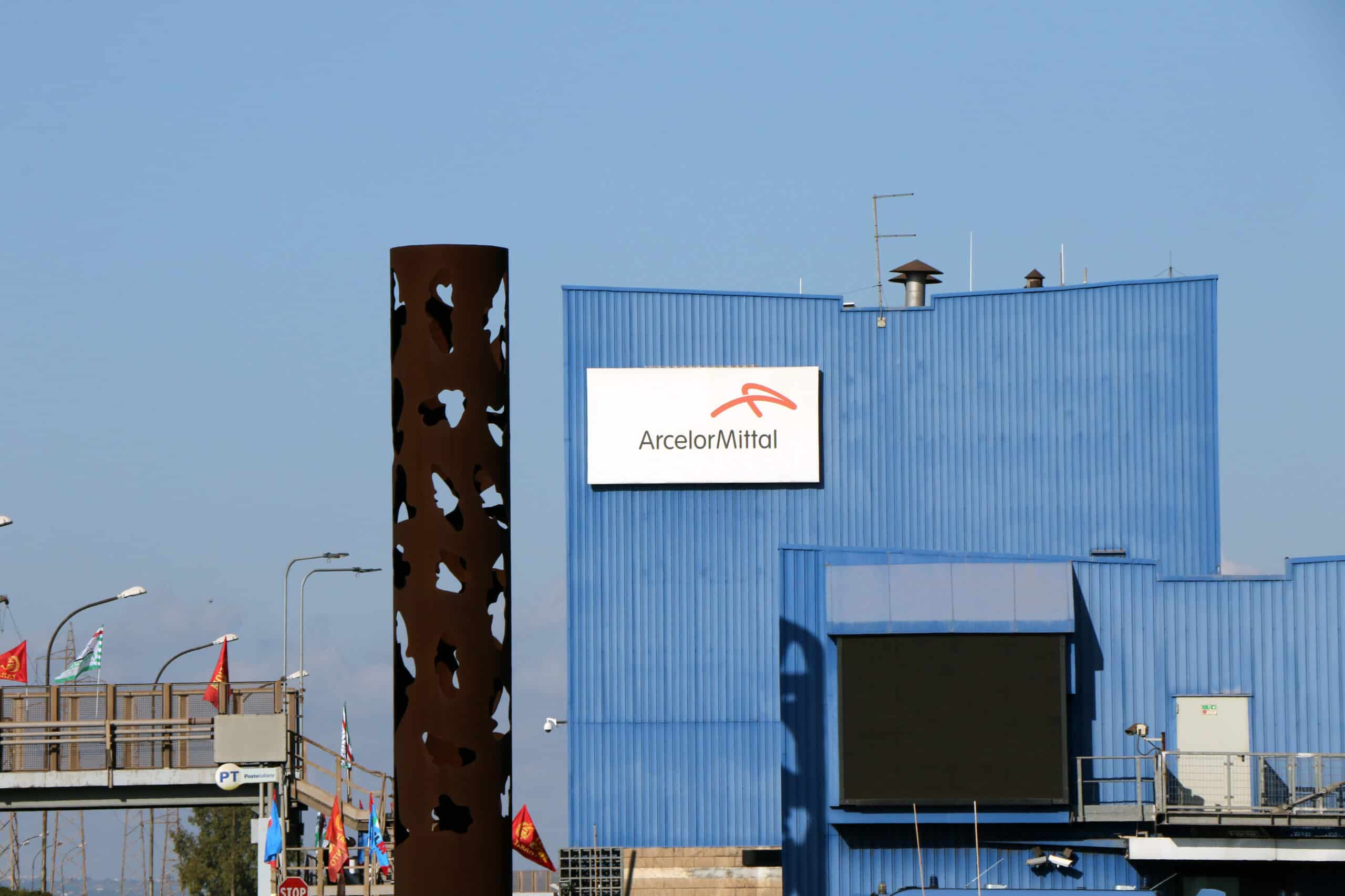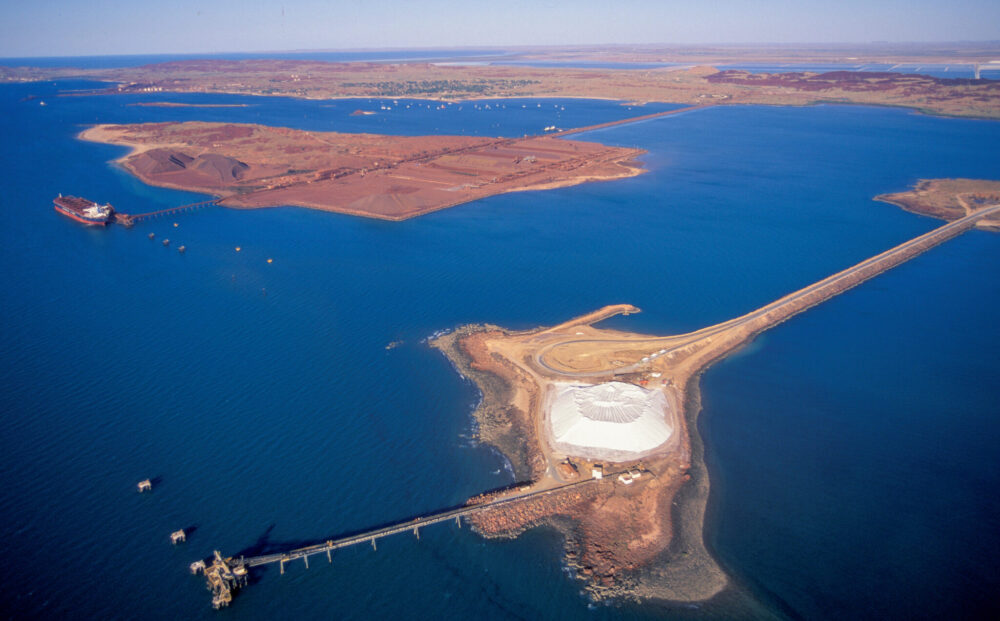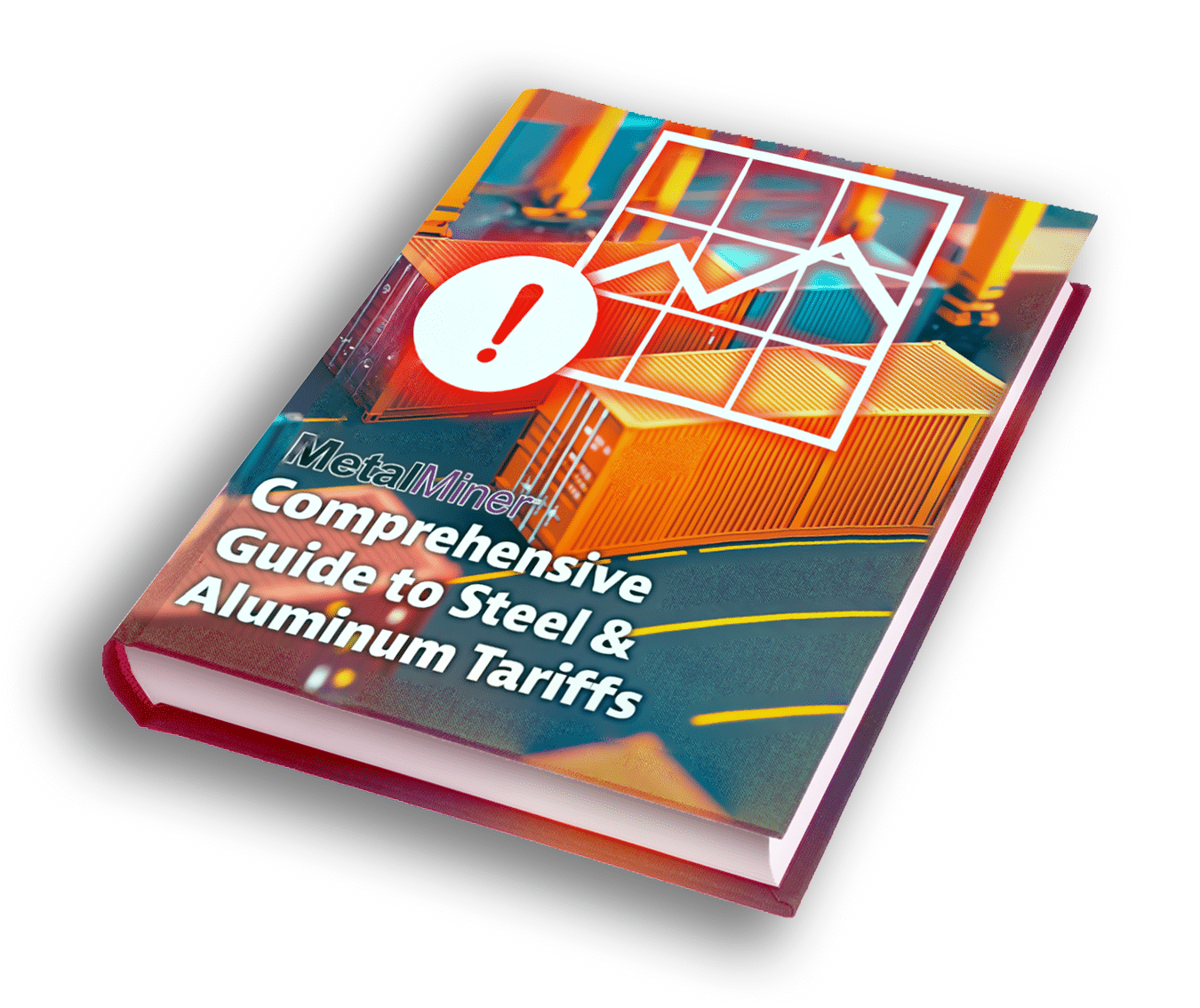ArcelorMittal recently announced the sale of its steel plant as well as its stake in its iron ore mine in Bosnia and Herzegovina, with news reporting stating that the steel industry giant will unload the plant to Bosnian industrial conglomerate Pavgord Group. According to the details of the deal, Pavgord Group will acquire the longs […]
Category: Industry News
Will Australia’s $6 Trillion Iron Ore Find Reshape Global Markets?
An abundance of high-quality iron ore and the recent discovery of a 55 billion metric ton reserve have pushed Western Australia into the top spot as the world’s leading iron ore supplier. Now, many are wondering what effects this might have on the country’s export markets as well as global iron ore prices. Protect your […]
Raw Steels MMI: U.S. Steel Market After Tariffs
Although the index started to rebound in early June, the Raw Steels Monthly Metals Index (MMI) remained bearish in May, falling 3.27% to its lowest level since November 2020. Amid new tariffs announcements from the Trump Administration, U.S. buyers have their eyes fixed on steel prices, developments which MetalMiner’s weekly newsletter recently covered. HRC Futures […]
Hedging Copper Prices and Smoothing Volatility in H2 2025
There are many hedge fund strategies organizations can employ to generate returns and manage risk. Now, metal buyers are looking to apply these same concepts to certain metals. Base metals like copper have seen notable swings so far in 2025. According to the CME group, copper oscillated in a roughly $4.55–$4.80 per pound range throughout […]
Steel Dumping Tsunami Recedes: China’s Export Peak May Be Behind Us
Has the countdown to the end of China’s steel dominance in its own and international markets begun? Some steel industry reports seem to indicate that this is exactly the case. Many chalk this up to a variety of factors, including a shift in steel demand dynamics, China’s own poor internal demand, its efforts to turn […]
Iron Ore Defies Tariff Turbulence, But for How Long?
In this season of tariffs and counter-tariffs, the price of one of the most essential raw steelmaking materials seems to be holding up for now. The iron ore price has so far proved mostly immune to the fluctuations. But the question on everyone’s minds is, for how long? Despite the shadow of tit-for-tat customs duties, […]
AWMI Chicago Presents: How to Succeed in the Metals Industry
In what could only describe as a “summit of trailblazers,” the Chicago chapter of the Association of Women in the Metal Industries (AWMI) hosted a panel of prominent women from across the industrial metals landscape. Against the backdrop of a rapidly changing global market, these prominent figures engaged in a robust dialogue about the keys […]
Europe’s Steel War? EU Targets Japan, Vietnam and Egypt with Dumping Tariffs
The European Commission recently implemented provisional dumping tariffs on hot rolled coil imports from several countries. The move follows an investigation initiated in Q3 on behalf of the EU steel industry. The European Union’s executive arm stated in a March 14 release that the new measures will come into force on April 7 and will […]
Construction MMI: Tariffs on Mexico, Canada and China—Impact on The Construction Industry
The Construction MMI (Monthly Metals Index) held its five-month-long sideways trend, only moving up by .59%. Meanwhile, the latest tariffs on construction materials from China have not taken a massive toll on metals prices. However, another 10% increase in Chinese tariffs by the Trump administration this past month (raising the total percentage to 20%) may […]
Worried About Trump Tariffs? Here’s Our Comprehensive Guide to 2025 Steel and Aluminum Tariffs
In February 2025, President Trump reinstated and expanded the Section 232 tariffs on all steel (including stainless steel products) and aluminum imports, setting a flat 25% duty effective March 12, 2025 (what’s known as the “Trump Tariffs”). This renewed policy removes all previously negotiated country-specific exemptions and broadens the tariff’s scope to include a diverse […]












